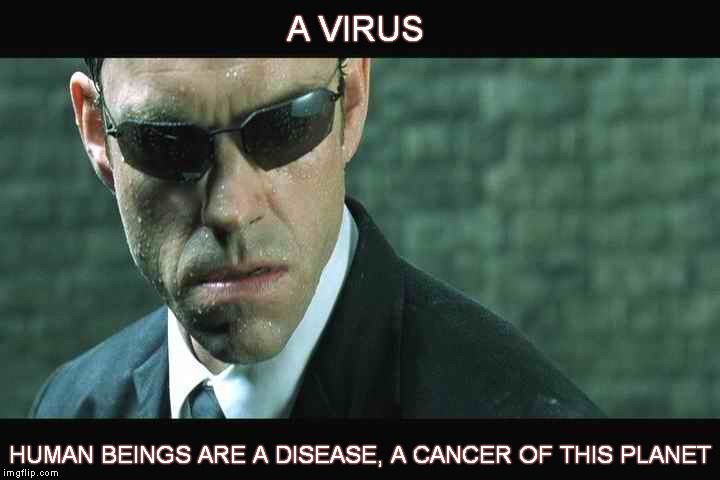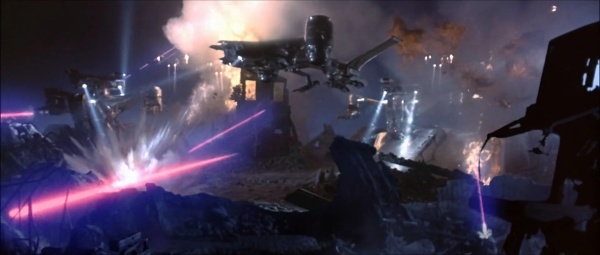Automatic Wildness Creators?
What problem do we want to solve here?
I just discovered a 2017 paper that “explores the promises and perils of developing fully automated systems dedicated to the curation of wild places.". It starts from the paradox that “reducing human influences on species and ecosystems generally requires increasing levels of human management”, and discusses how and why it could be solved by increasing use of semi-automated technologies to manage ecological processes. The explicit goal of the authors is to “inspire conservationists, ecologists, and designers to attempt to increase the autonomy of nonhuman species and processes in dynamic anthropogenic landscapes."
The central object and concept of the paper is the so-called “Wildness Creator”, whose description I have synthesized in the next paragraph for convenience, with emphasis on some key points, to point out a major flaw in the whole idea.
What is a Wildness creator?
An autonomous landscape infrastructure system that:
- creates and sustains wildness by enhancing nonhuman influences while countering all forms of human influence.
- controls a physical infrastructure that can sense and manipulate the environment and interact with organisms.
- mask its operations and modifications such that human observers perceive the flora, fauna, and abiotic environments of the site as being uninfluenced by humans.
A wildness creator represents a nonhuman intelligent actor, initially developed by human designers, but enabled to learn its own novel strategic behaviors through sustained environmental interactions in creating and maintaining a wild ecosystem free of human influences. Algorithms that control the behavior of the system are learned from its context and operations, and are not programmed by humans.
Over time the wildness creator would actively seek out anthropogenic inputs, including pollutants from industrial processes, anthropogenic noise, and waste from human visitors, learning and implementing new protocols to counter these effects.
In time, the operations of the wildness creator would become unrecognizable and incomprehensible to human beings, the resulting ecological patterns and processes would diverge from any previously created and sustained by humans, and nonhuman species and environmental processes at the site would be able to go about life without experiencing human influence.
The key Operating Principles of the Wildness Creator would be:
- Operations and activities are invisible and inscrutable to human observers: processes that govern the system are independently learned, hidden from, and functionally unknowable to human beings.
- Humans visiting the created wild place are able to enter into it fully to experience a space with an ecology appearing to be operated entirely without any influence of humans.
- Wildness creator constantly monitors human influences and constantly removes or interferes with them. For example, anthropogenic noise is cancelled, anthropogenic light is blocked, and human artifacts and pollutants are removed and filtered.
- Wildness creator promotes the autonomy of nonhuman species and ecological processes to sustain diverse wild populations without direct human intervention.
What could possibly go, or BE intrinsically wrong, here?

Wildness Creator field agent at work
</em></u>
A 2017 commentary of that article concludes that “Given the rapid development of autonomous systems in many different fields, this paper by Cantrell et al. is timely and raises intriguing questions about the future role of autonomous systems in conservation”.
In 2020, I hope we already know enough that about the [dark sides of AI](/tag/artificial intelligence), to say “HUH??? WHAT??”
Where to start? This feels so July 11th, 2029. The Wildness Creator really looks a lot like a full-blown Automated Defense Network, that is Skynet, in case you had missed the references.

As relevant as it is, citing Terminator, or the Matrix that concluded that “humans are viruses” would be too easy, however, and too limiting at the same time. The real problems with any automatic, human-independent “Wildness Creator' like the one imagined in that paper are that:
- it totally offloads responsibility. I can pollute how much as I want, and never pay any consequence (if we lived in an infinite planet, of course)
- it hinders science, and knowledge. How could we understand how nature really works, with such a screen in the middle?
- (just for the record) it is meaningless, and false (“ecology appearing to be operated entirely without any influence of humans”)
Then there is the biggest problem:
A Wildness Creator does absolutely nothing to solve problems like inequality, anxiety, drug epidemics, poverty, and so on… that are caused by the same human behaviors and attitudes that the Wildness Creator would only “solve” for wildlife, leaving humans not better than before
Basically, a fully independent Wildness Creator would be bad even if it never directly harmed humans in any way. Not to mention that maybe it is too already too late to make it work as intended. How could a Wildness Creator solve, for example, the problems created by Starlink?
Using much more (appropriate!!!) technology than today to better study, monitor and restore ecosystems? Yes! The more the better, the sooner the better. As long as it is always under direct control and responsibility of humans. Not of black boxes that would produce, or leave untouched, as much human alienation as before.
Who writes this, why, and how to help
I am Marco Fioretti, tech writer and aspiring polymath doing human-digital research and popularization.
I do it because YOUR civil rights and the quality of YOUR life depend every year more on how software is used AROUND you.
To this end, I have already shared more than a million words on this blog, without any paywall or user tracking, and am sharing the next million through a newsletter, also without any paywall.
The more direct support I get, the more I can continue to inform for free parents, teachers, decision makers, and everybody else who should know more stuff like this. You can support me with paid subscriptions to my newsletter, donations via PayPal (mfioretti@nexaima.net) or LiberaPay, or in any of the other ways listed here.THANKS for your support!